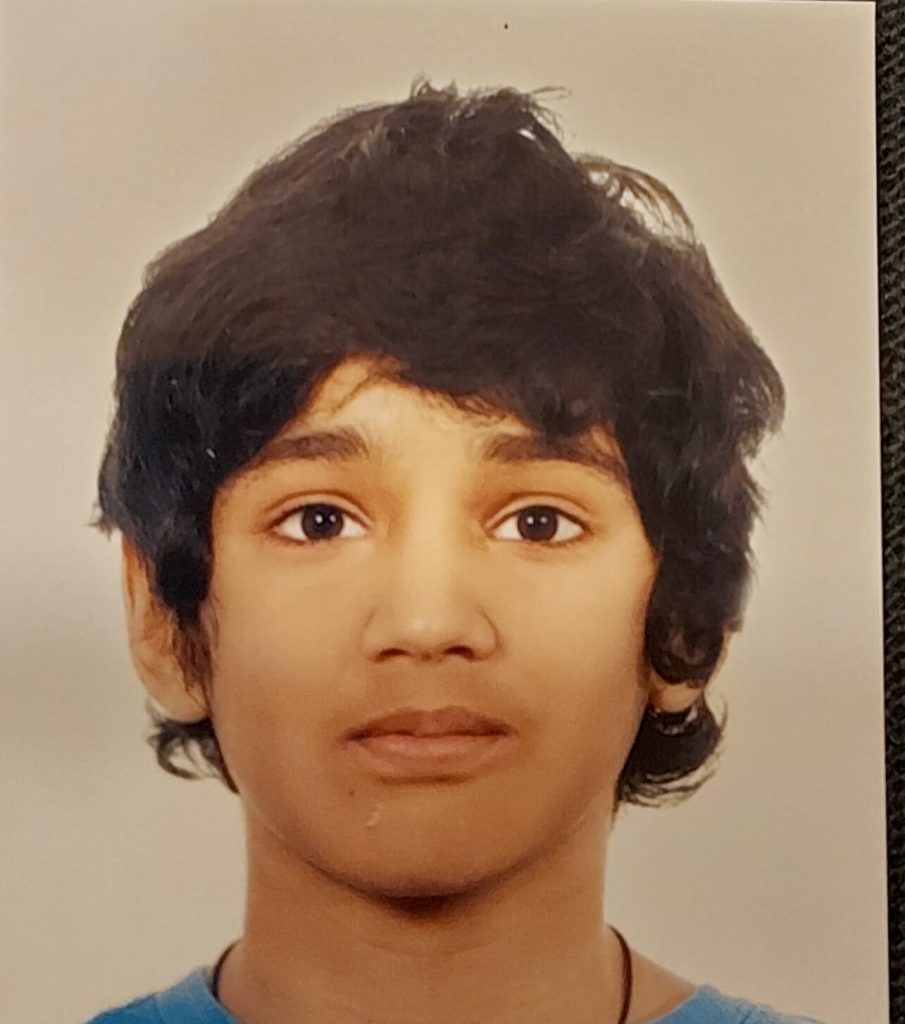Our Schools
Formula 1 is the pinnacle of motorsports and is considered the fastest sport in the world. The races are filled with adrenaline-pumping action, as race car drivers navigate hairpin turns and high-speed straights at breakneck speeds. These high speeds create one of the biggest challenges for Formula 1: pollution. The FIA International Conference on Road Safety revealed that driving a race car for 20 minutes produces about the same pollution as driving a regular vehicle for 320 hours—almost an entire month. If you have been following Formula 1 over the past few years, you may be aware of how much things have changed. New regulations have added hybrid engines, aerodynamic wings and even larger cockpits to cars. Some say these changes are necessary; without them, we risk losing racing as we know it. But what will happen to Formula 1 in response to pollution? Will there be a new type of track racing that doesn’t produce so much exhaust? Perhaps not… Let’s try to try to find out.
Every year, Formula 1 races globally, attracting millions of fans. However, the sport is producing an unbelievable amount of combustion waste. The pollutants created by an F1 car while racing is high enough to qualify as a threat to human health. Formula 1 is polluting the atmosphere and has been doing so for a while. The FIA, the governing body of Formula 1, has been looking for solutions to the pollution problem since the 1990s. Back then, the organization started exploring how to reduce harmful exhaust fumes. However, the first solutions were implemented in the following decade. Automobile manufacturers have been producing less polluting cars for some time now. But as Formula 1 cars are not made for regular road use, it is harder for engineers to design a hybrid vehicle that can withstand the stresses of racing. Formula 1, after all, is an extreme sport unlike any other.
The first Formula 1 race was held in France in 1906. At the time, the race was held over just 80 kilometres. The following year, the French Grand Prix was born over 342 kilometres. Over time, Formula 1 grew in popularity. By the mid-1950s, the number of races on the calendar had increased to around a dozen. However, the sport hit a hurdle in 1955 following the Le Man disaster. There were several fatalities at the Grand Prix of France following a crash. As a result, the FIA implemented new regulations that reduced the number of races in the championship. However, the sport underwent another change in the 1990s when the FIA introduced new rules. These aimed to reduce pollution and increase safety. In 1994, Formula 1 cars started using less polluting turbocharged V10 engines. In 2002, the engines were further reduced when switched to 3000cc V10 engines.
Engineers from the FIA have tried numerous solutions to reduce the pollution produced by Formula 1 cars. One of their first proposals was to make the sport more fuel efficient by reducing the number of kilometres that each vehicle travels. The idea was to reduce the length of each Grand Prix from the contemporary distance of about 300 kilometres to about 100 kilometres. In doing so, engineers calculated that the cars could travel at a lower speed and finish the race without needing extra fuel. With the shorter race, there would also be less pollution in the air. Another option that engineers looked into was making Formula 1 car smaller. This idea was to shrink the car’s size to make it more efficient. However, shrinking the vehicles would mean drivers would have to sit inside a smaller cockpit. This would force them to sit awkwardly, which could lead to health concerns.
The good news is that Formula 1 has been working on reducing pollution from racing. The bad news is that the sport’s governing body has yet to develop a solution that works effectively without compromising the car or driver’s performance. While hybrid engines are cleaner than regular ones, they produce much heat, and it takes a lot of energy to cool down this heat, significantly impacting the environment. Air-conditioning the cockpits of Formula 1 cars is another challenge. Engineers are currently working on reducing the electricity used by air-conditioners. Formula 1 will likely continue to produce high levels of pollution. However, the sport may transition to a well-developed hybrid engine without going completely electrical. This would reduce the number of harmful exhaust fumes in the air. Hybrid engines could also generate electricity for charging electric racing cars.
The Future of Formula 1 may be uncertain, but one thing is for sure: pollution is the price paid to enjoy the essence of the sport for what it is. Hybrid engines could be the solution, but significant changes must be made to the sport’s infrastructure to accommodate them. Many fans and engineers aren’t pleased with the idea of turning the sport into Formula E. With the pollution caused by Formula 1, it is clear that the sport needs to find a solution before it becomes too damaging for society and the environment.
#TeacherBlogger: Books for All By Sweta Rao, Teaching Staff, Ekya school, JP Nagar
The Power of Reading Is reading overrated? Some believe it is, and others think it can transform lives. We'd like to know what reading involves and whether it deserves its importance.
What is reading? Reading is looking at written symbols and getting meaning from them. It can range from prescribed textbooks, fiction, scientific journals, newspapers, comics and even the advertisement behind the bus! A reader may be inclined to read a particular style or genre, which is absolutely fine.
What is a good age or time to start reading? Now! Studies show that children who have been read to while still in the womb or even when they were as young as one or two months benefit from better cognitive development than those who do not start early. You may wonder whether you have missed the bus by not starting early with your child. The good news is that there is always time to start. Some children are later bloomers and may start reading only after their teens or sometimes even in adulthood. Some may not be inclined to read but do so out of necessity.
What kind of books should I get for my child? Everyone can be a book lover; finding the right books for that person is only a matter of. A child interested in physical activities may like sports magazines or biographies of sports persons. Similarly, a child interested in Math and Sciences may enjoy reading factual material like encyclopedias or even fiction like mystery novels!
How do I sustain my child's reading habits? In this day and age of gaming and chatting with friends online, it is easy for a child to get distracted. As a parent, you can facilitate reading in a few ways-
- Creating a small reading nook in the house, which is well-lit and comfortable.
- Providing an array of reading material.
- Asking the child to retell the story.
- Having a dedicated family reading time.
- Asking the child to review the book.
Following these tips can be the beginning of a lifelong relationship with reading. Everyone can be a book lover, so get that book out and start!
By Sweta Rao Teaching Staff, EKYA Schools JP Nagar
#TeacherBlogger: Mental well being By Mumtaz Begum, Teaching Staff, Ekya school, BTM Layout
The greatest gift of all Cannot be bought in stores or malls It is the treasure of being heard truly heard It is the gift of listening to hopes, fears, dreams, and hurts. Listening demonstrates acceptance, caring and hope, taking time to listen, fosters trust and respect, the gift of your presence truly listening opens doors to caring relationships It's the greatest gift of all
(Courtesy - Manodarpan CBSE)
The above poem inspires me profoundly and helps me reflect on the Psycho-emotional quotient each of us has during different stages of our lives. I am excited to touch upon the topic of Mental well-being, which has become an integral part of our progressive education system. Though I never had support during my growing up years as a student, and no one spoke about mental well-being those days or expressed feelings freely, I have realised that it has now become an integral part of growing up. Many of us (80's kids) strongly believe that we had the best education, teachers and learning strategies for enduring understanding; however, what haunts me is why there was a taboo on expressing openly about mental well-being or mental health. Why were many of us never encouraged to say the right emotions at the right time? I try to convince myself by thinking that "Maybe the world wasn't too complicated and tough when I was a student."
What is the reason for the growing need for Mental well-being now? Many pieces of research around the world reflect that ⅕ th of children and adolescents experience the mental health concerns like stress, depression, anxiety, learning disability, bullying and lack of interest in anything they do.
Who are the stakeholders in strengthening a child's mental well-being? I firmly believe that the family is the primary and the most valuable social unit that can support the child in strengthening their mental health. But being parents of the 21st century claiming to have a progressive mindset, have we ever tried to understand the complexity of our relationship with our children? Do we try to know if our children face emotional or behavioural difficulties? Have we been patient enough to hear what they have in their defence? Have we spent quality time with our children to listen to what they aspire for? Have we ever observed why our children have become so comfortable wearing mask post covid and feel so uncomfortable talking to people without them? Have we ever questioned why our children prefer to lock their rooms despite us being friendly, liberal, empathetic and open-minded? As parents, we must introspect and sensitise ourselves to understand what our children feel and how best we can help them. Please pay attention to the teacher's feedback, Meet the school counsellors for help and train the child to practice the service now strategies to build and strengthen resilience. As parents, show your unconditional love and affection towards your child. Trust them, offer acceptance, stop comparison, appreciate them and guide them on a righteous path. Please hold their hands and tell them, "It's ok to make mistakes as they help them learn better lessons in life".
Let's widen our horizons and make our children emotionally and mentally strong, stable and healthy by always being there for them with our words and actions.
Mumtaz Begum Senior Academic Coordinator Ekya BTM Layout











Leave a reply